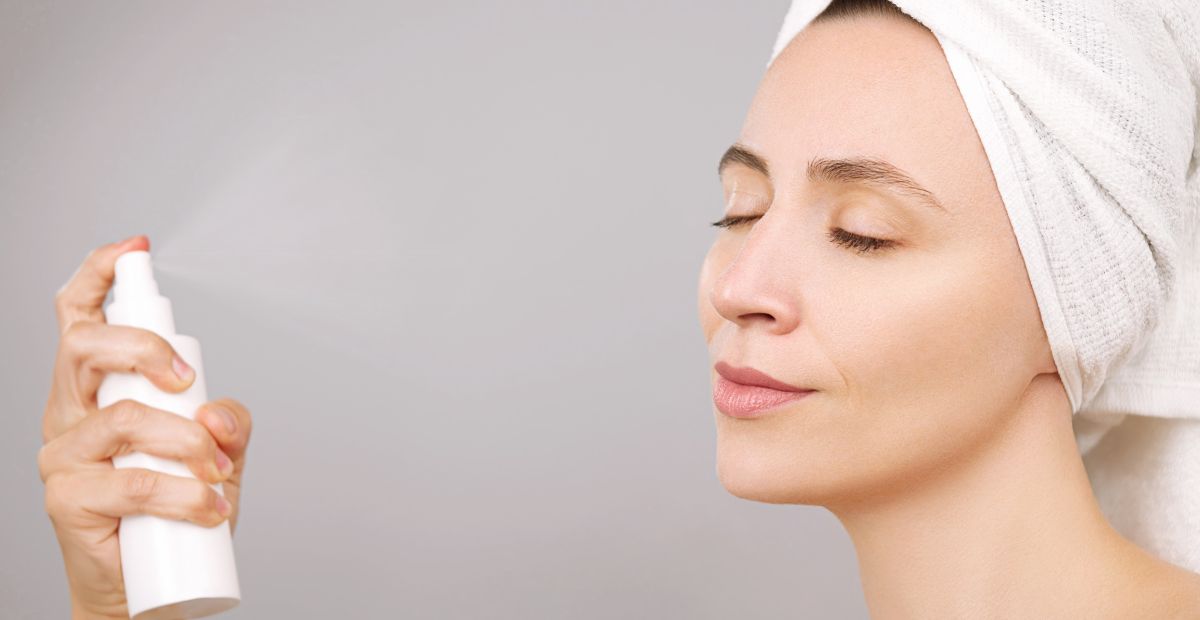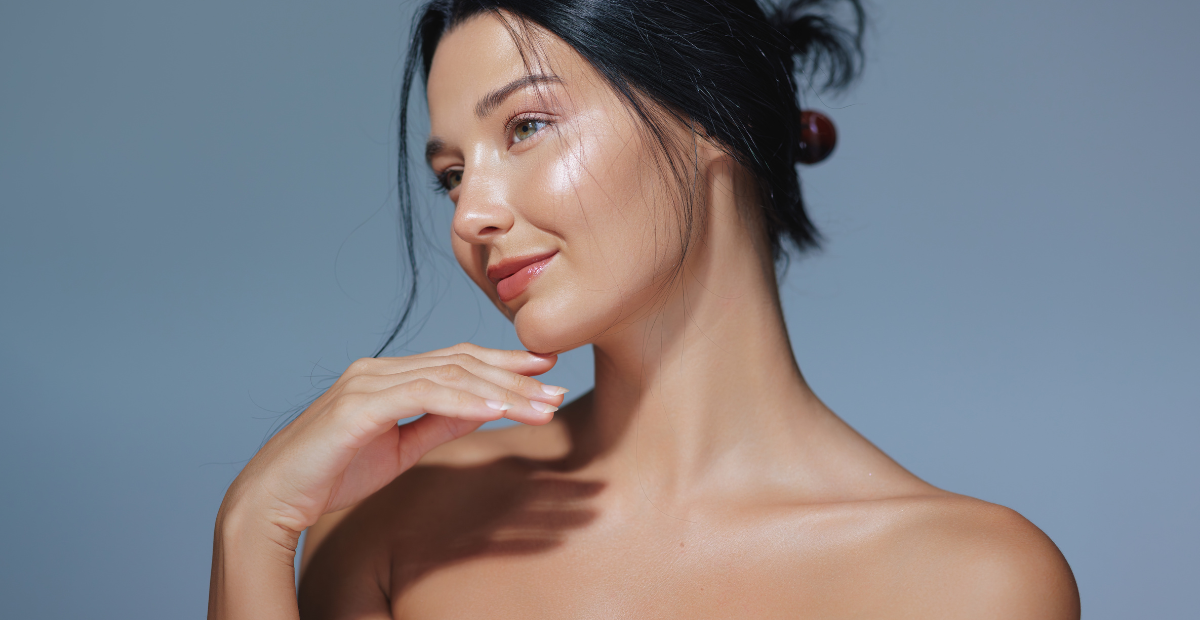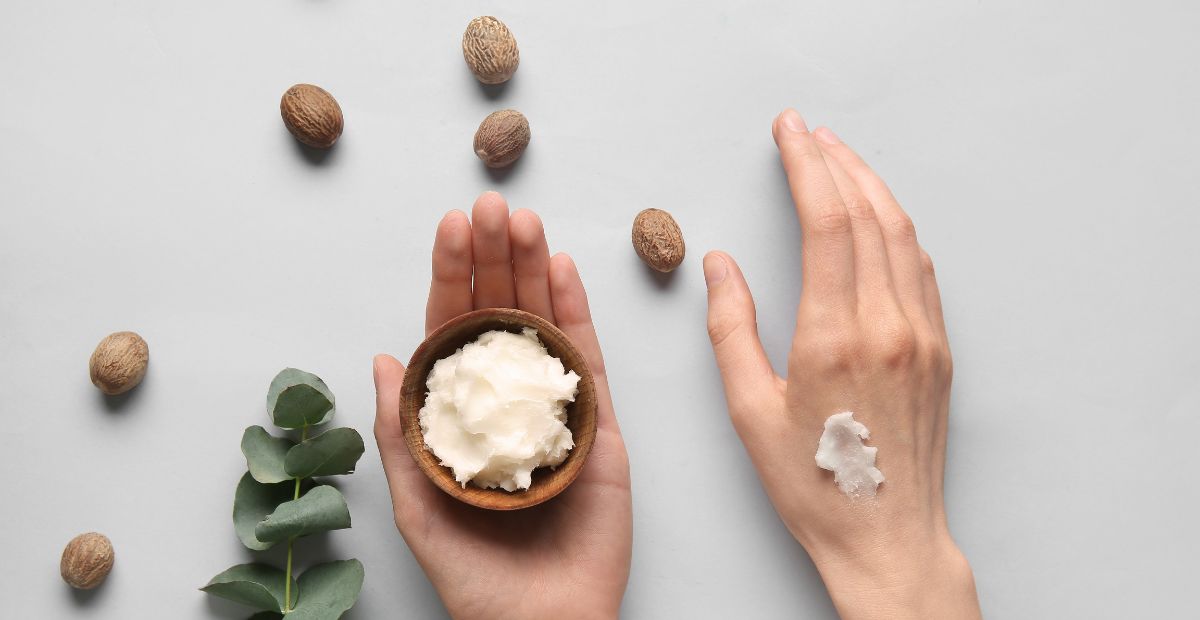How to Get Green out of Hair: a Comprehensive Guide to Remedies and Prevention
Onskin Content Team
Your guides through the skincare chaos

Сrystal-clear blue water, drinks with little cocktail umbrellas, and the sun casting a dreamy glow through the brim of your sun hat… Life is fabulous if you look at it from a lounge chair by the pool, isn’t it? But one pesky problem can ruin the perfect picture—your gorgeous highlights turning green! In this post, let’s look into why hair can sometimes turn green from pool water and how to get green out of hair. Get to know the issue inside and out, and you’ll be a pro at preventing and fixing it. Plus, you can impress your friends with your chemistry genius. Let’s dive in!

Why Does Hair Sometimes Turn Green from Pool Water?
Spending lots of time in the pool can turn your hair green, especially if you forget to rinse off afterward. Here’s why it happens:
The Science Behind Green Hair
- Keratin and Metal Ions:
Hair is made of keratin, a protein rich in amino acid cysteine, which easily binds to metal ions. This binding ability is so strong that scientists are exploring using salon hair waste to remove metals from water and soil.
- Hair Damage:

Healthy hair is protected by the cuticle, which prevents chemicals from penetrating. But when hair is bleached, chemically treated, or damaged by the sun and heat, the cuticle gets compromised. This makes hair more permeable.
- Copper in Pool Water:
Pool water often contains copper salts used to prevent algae growth. When damaged hair absorbs pool water, copper ions slip under the cuticle and bind with keratin, causing a greenish tint.
How to Get Green out of Hair: Methods That Actually Work

Figuring out why your hair turns green can save you a lot of time and hassle when sifting through countless online hacks and tips. Knowing the cause helps you distinguish between methods that actually work and those that are just plain nonsense or even harmful.
So, what’s the deal with green hair? It’s all about the bond between metals and hair protein. This means we need solutions that can break these metal-protein bonds. While there are several options, only a few are safe for your hair and easy to use at home.
Do It Like a Pro: Chelating Shampoos
The best way to fix green hair from the pool is to use a professional chelating shampoo. If you haven’t heard of them yet, they can be a game-changer! These shampoos contain chelating agents—special compounds that grab onto metal ions, pulling them away from keratin and making them water-soluble again (this process is called chelation).
Beware! Mineral Buildup Ahead
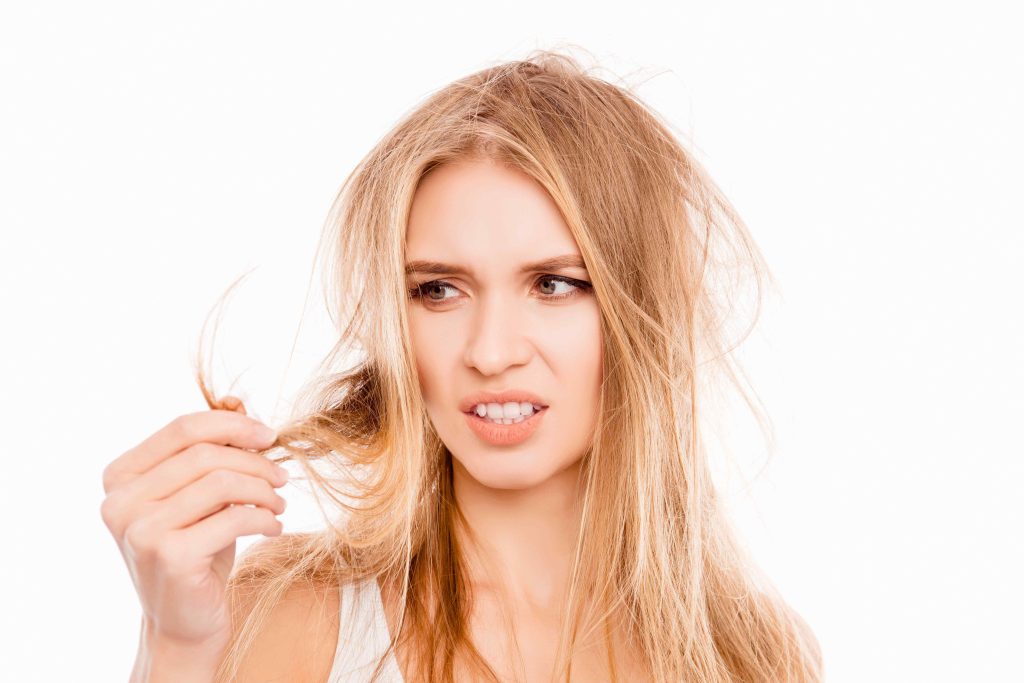
It’s not only pool water that can saturate your hair with metal ions. Tap water in most areas contains calcium, manganese, iron, copper, and other metals. For perfectly healthy hair, these metal ions aren’t usually a problem. But if your hair is color-treated, bleached, or otherwise damaged, these ions can penetrate the hair shaft, bind with keratin, and gradually build up causing dryness, brittleness, and an overall dull look.
Chelating Agents to the Rescue
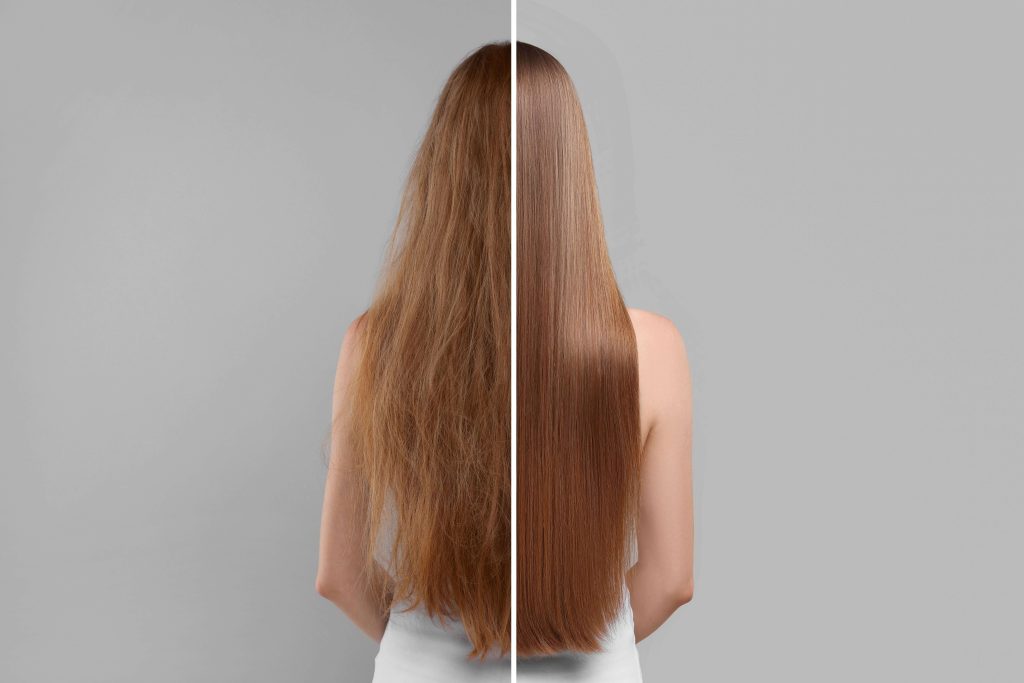
The most widely used chelating agent is EDTA, which is incredibly effective at removing mineral buildup including copper that causes hair to turn green. If you’re not excited about reading through ingredient lists to find EDTA, install an ingredient scanner app to instantly break them down from a photo or barcode scan.
Important Note #1: Not every shampoo with EDTA qualifies as chelating! Don’t be fooled by EDTA on the label because many cosmetic products contain it as a preservative in very low concentrations. To extract and rinse out metal ions from your hair, EDTA concentrations must be much higher. Check how high EDTA is on the ingredient list: the higher, the better, but ideally no lower than fifth or sixth on the list.
Important Note #2: Chelating shampoos are not for everyday use! Along with metal ions, they wash out natural oils and can be drying. Depending on the formula, they should be used once weekly to once monthly.
Sour Power: Acid Attack on Green Hair
Chelating shampoos sound great, but what if you can’t wait till Amazon delivers them and need to get the green out of your hair right now? There’s a simple method you can try if you have apple cider vinegar at home.
Why This Works
Metal-protein bonds are sensitive to pH levels. When the pH drops and becomes acidic, these bonds become unstable and break down. That’s why the best deep-cleansing shampoos often contain a mix of organic acids and EDTA. For example, copper ion-protein bonds break at a pH of 2 to 3.
DIY Solution
You can easily make an acidic solution at home using apple cider vinegar and water. Here’s how:
- You’ll need 3.5 ounces of apple cider vinegar per every quart of clean water (or approximately 100 ml per 1 liter). For a thorough soak, you’ll likely need about 5 quarts of this mixture, which roughly amounts to a 16 oz bottle of apple cider vinegar.
- Use warm water for the mixture because higher temperatures help break down the metal-protein bonds, making it easier to rinse out the copper.
- Submerge your hair in the solution, ensuring it’s well-soaked.
- Rinse your hair thoroughly with warm water. All done!
Important Note: Be careful not to get the vinegar solution in your eyes. It’s best to submerge just your hair into the solution instead of pouring it over your head.
Caution! Useless and/or Dangerous Advice Online
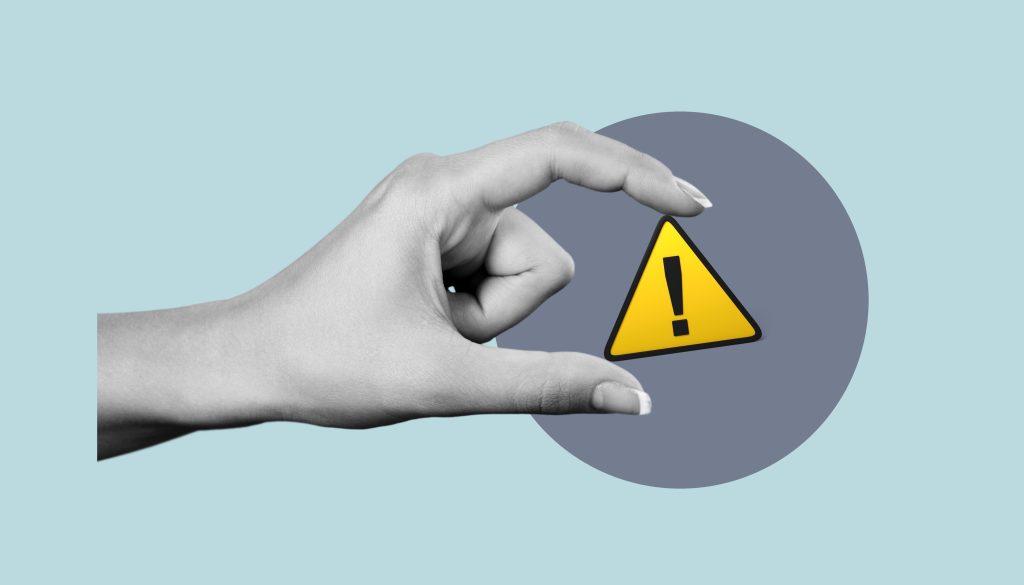
Baking Soda: Don’t Bother
Many guides suggest using baking soda, but it’s completely useless in this situation. Baking soda mixed with water creates an alkaline solution, which actually strengthens the metal-protein bonds we’re trying to break. So, save your time and baking soda for another project!
Hydrogen Peroxide: Dangerous
Some articles recommend hydrogen peroxide to fix green hair. While it technically might help break the bonds and remove the copper, you probably won’t like the results. Hydrogen peroxide is a strong oxidizing agent that can seriously damage your hair cuticle and bleach your hair. Using it to remove green from your hair is like trying to remove a grease stain from your favorite dress by setting it on fire.
Prevention Is Better Than Cure
Let’s now look into easy-to-do and on-the-budget steps you can take next time to prevent green hair from happening in the first place.
Non-soluble Silicone Leave-ins
Non-soluble silicones create a thin film around the hair shaft, protecting it from moisture and chemicals. While this protective film sounds great, using silicones long-term can lead to buildup, causing brittleness and dryness (if you haven’t heard of them check out this post for all the details on silicones).
But for short-term use, like when you’re enjoying poolside fun, they’re perfect! The protective film they form helps repel chlorine and metal ions from pool water, keeping your hair safe and sound.
Swim Cap

A swim cap is an amazingly simple and cheap solution! It will protect your hair from chlorine and metal ions in the pool water and also shield it from UV damage—a win-win. Just tie your hair in a high bun and seal it off with a swim cap before diving in—piece of cake!
Consider Swimmer’s Hair Products
If the pool is more of a fitness routine you might benefit from hair products specifically designed for those who often come in contact with pool water. They will effectively get rid of chlorine and minerals and protect your hair when you’re swimming. Combined with a swim cap they’ll create a perfect protection for your locks.
On a Final Note: Green Hair Is a Red Flag
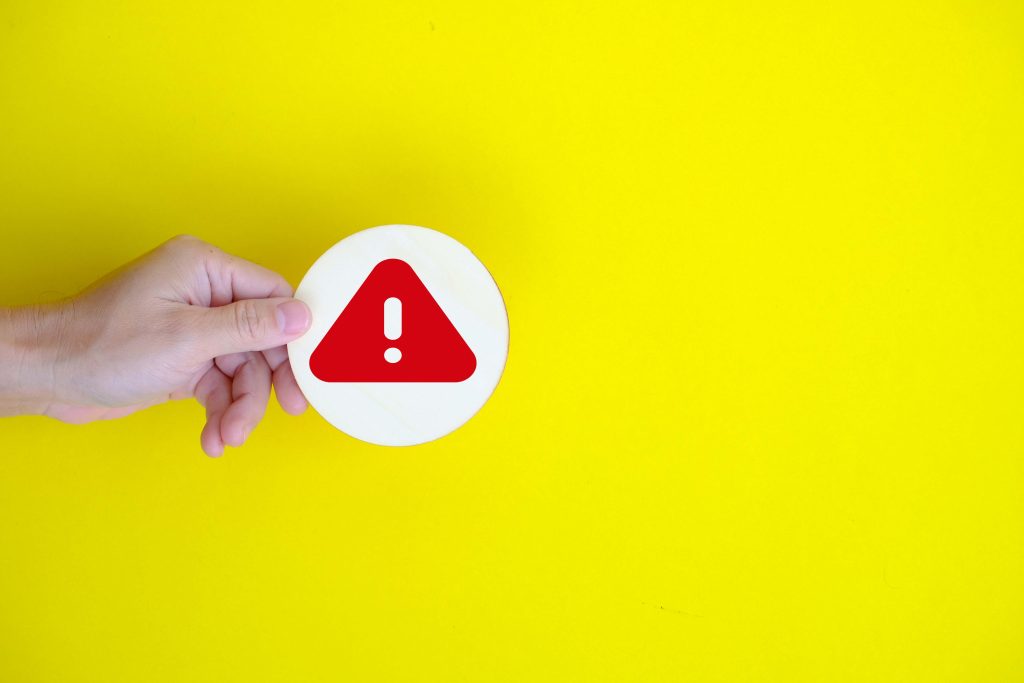
If your hair has turned green from pool water it’s an alarm bell letting you know that your hair cuticle might not be doing great at all. Here are two case studies (1 & 2) where scientists took samples of hair that turned green from pool water and looked at them in the microscope. What they saw was hair completely devoid of cuticles (yikes!) If this happened to your hair it might be a sign that it needs your love and care more than ever.
FAQ
-
Where do I start with OnSkin?
Download the app and think of a product you’d like to know more about. Then, go to the main screen and choose how you’d like to get the info —by manually looking it up in the search bar, by scanning its barcode, or by simply taking a picture of the packaging. Once you’ve done any of these, you can see how safe the product is and if it suits your skin or hair (if this analysis is available).
-
What is Safety Rating, and how is it calculated?
In OnSkin, we base product rates on ingredients. Each is closely studied by our medical team and then evaluated. This way, each product gets a score from 0 to 100, with 100 as the safest level.
Safety Levels
- Excellent (76–100)
- Good (51–75)
- Not great (26–50)
- Bad (0–25)
These scores are backed by the latest scientific studies. You can find links to the resources we’ve used on each ingredient page. To assess the safety of product ingredients, we evaluate them according to the following parameters/criteria
- Endocrine disruption risk / Reproductive toxicity
Indicates the probability of mimicking, blocking, or interfering with the body hormones.
- Сarcinogenicity
Measures the potential risk of inducing cancer.
- Allergy risk
Estimates the probability of an allergic reaction.
- High concentration alert
Determines the risk of being unsafe in certain amounts.
-
What is Skin Match?
Based on the info you input about your skin type, age, skin care goal, and other “settings,” OnSkin checks how well a product is tailored to your unique skin needs — it’s basically like a dermatologist helping you find the right products, minus the fees and the long wait. The product you’re checking might be labeled as It’s a match!, Hit-or-miss, or Not a match for you. The app also detects ingredient groups such as Anti-acne, Anti-inflammatory, Moisturizes, May be drying, Comedogenic, and others — by tapping one, you see exactly what ingredients from this or that group are in the product.
-
I seem to have a problem with using the app. Who should I contact?
Please reach out to us at [email protected], and we’ll carefully look into your issue. Your ideas for improving the app are also very welcome!
-
Do you have an Android version?
Not yet! Hey Android users, we hear you, and we're thinking about making an Android version, but we haven't started the development yet.
Tracker Sent!
It’s on the way to your inbox.


